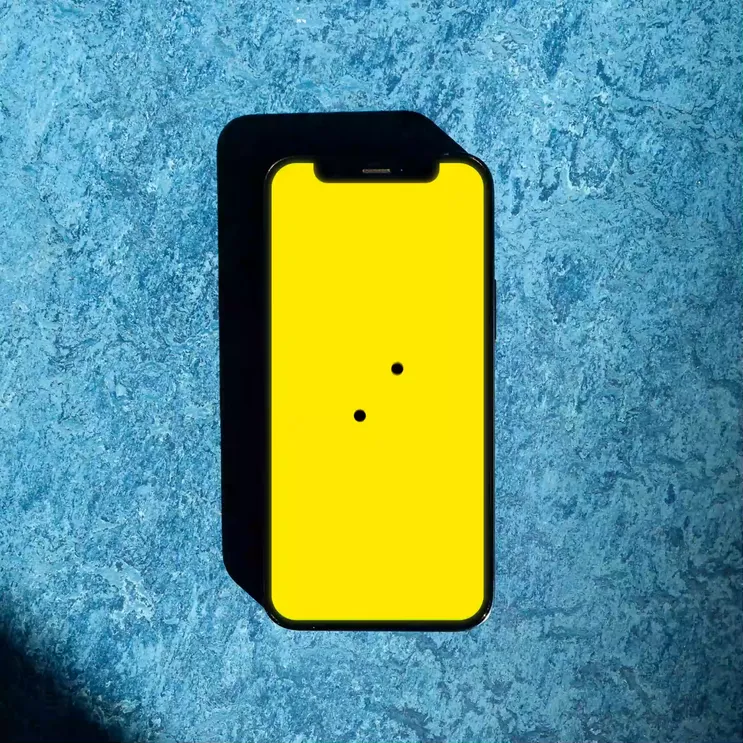Design
6 min read
The Surreal Side of Innovation: Companies' Most Bizarre Patents
In the world of innovation, companies are continually looking to outdo each other, racing to claim new territories of technology and design. From attempts to predict your next online purchase to mind-reading machines, the patents filed by tech giants can sometimes border on the surreal.
They may appear outlandish, possibly even impractical, but these concepts offer us a glimpse into the far-fetched imaginations of some of the world’s leading companies. The list below details bizarre patents that companies have filed over the years.
Let’s dive right in!
Amazon’s Anticipatory Shipping: E-commerce giant Amazon filed a patent back in 2013 for “anticipatory shipping”. This system aims to predict what consumers will buy before they buy it, and then send the product to a nearby warehouse in anticipation of the eventual order. While the concept is remarkable, it seems to border on psychic—no wonder it raised a few eyebrows when it was first announced.

Google’s Adrenaline Recognising Watch: Google, always looking to innovate, secured a patent for a smartwatch that can recognise if its wearer is in a high-stress situation (like a car crash or a heart attack). The watch then autonomously dials emergency services. Though it sounds like a fantastic idea, some critics believe it could infringe on personal privacy or make false emergency calls due to incorrect detections.
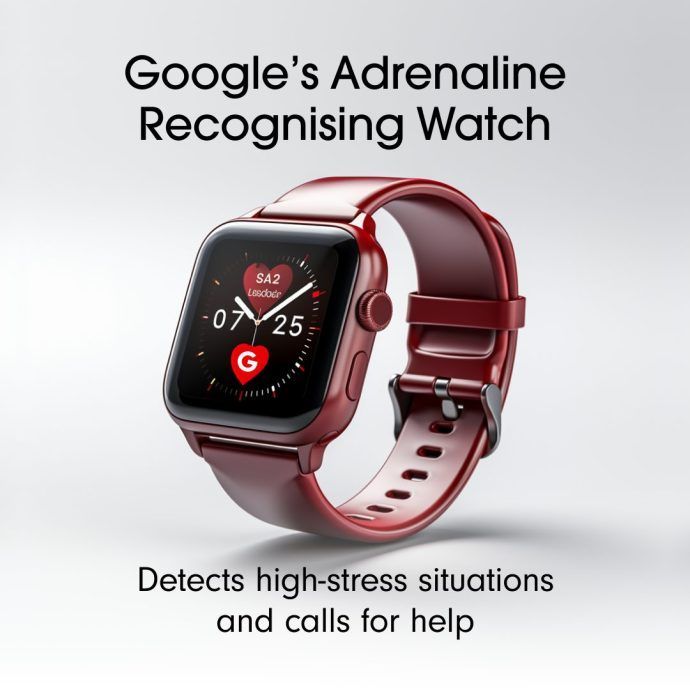
IBM’s Mind-Reading Machine: In 2011, IBM patented a device that uses MRI technology to interpret a person’s thoughts and feelings, aiming to anticipate and respond to their needs. Yes, you read that right: a patent for a machine that can essentially read minds. This one undoubtedly belongs in the realm of the bizarre.

Microsoft’s Body Power Source: Microsoft, not to be left behind in the race of strange patents, patented a technology in 2012 that would use human body activity as a power source for electronic devices. While the thought of becoming a living battery might be discomforting for some, others might appreciate the convenience.

Sony’s PlayStation Flow: In 2015, Sony patented an immersive gaming technology named PlayStation Flow. The patent depicted a device that allowed gamers to “enter” their games’ underwater sections physically, via wearable tech, and swim in real-life swimming pools. The entire idea seemed so outrageous that it was initially believed to be an April Fools’ prank.

Disney’s Emotion Sensing Robots: Walt Disney Company, known for pushing the boundaries of imagination, took things to a new level when it patented robots that could read human emotions. The patent filed described soft-bodied robots for use in theme parks that would interact with visitors based on their emotional responses.

Apple’s iWand: Back in 2008, Apple filed a patent for a device called the “iWand”. This device was designed to manipulate and control objects on a screen without touching them, effectively working like a magic wand. Although the patent was granted, the technology hasn’t been implemented in any of Apple’s products until now. It remains a mysterious testament to Apple’s penchant for exploring offbeat ideas.
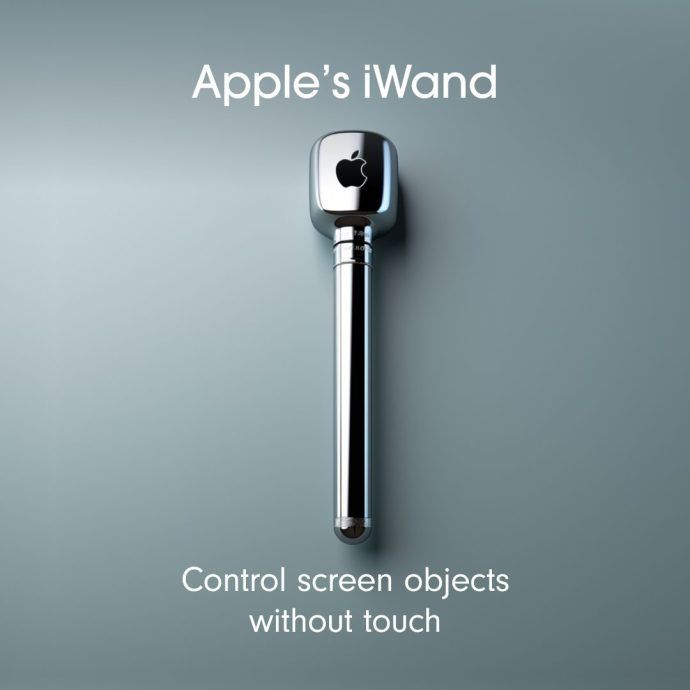
Nokia’s Tattoo Alerts: Nokia applied for a patent in 2012 for ‘haptic communication’, which involves a material (like a tattoo) being attached to a user’s skin. The material would vibrate to alert users of notifications on their phone, like an incoming call or a message. Although it’s an innovative solution to missed calls and messages, the idea of having a vibrating tattoo linked to your phone still sounds quite outlandish.

Facebook’s Emotion Sharing System: In 2015, Facebook filed a patent for a system that would allow users to share their emotions. The patent proposed using heat maps to collect data on which areas of a post the user looked at, in what order, and for how long, to infer emotional responses and share them with others. While this technology might sound engaging, it also opens up a pandora’s box of privacy issues, questioning how much we want to share online.
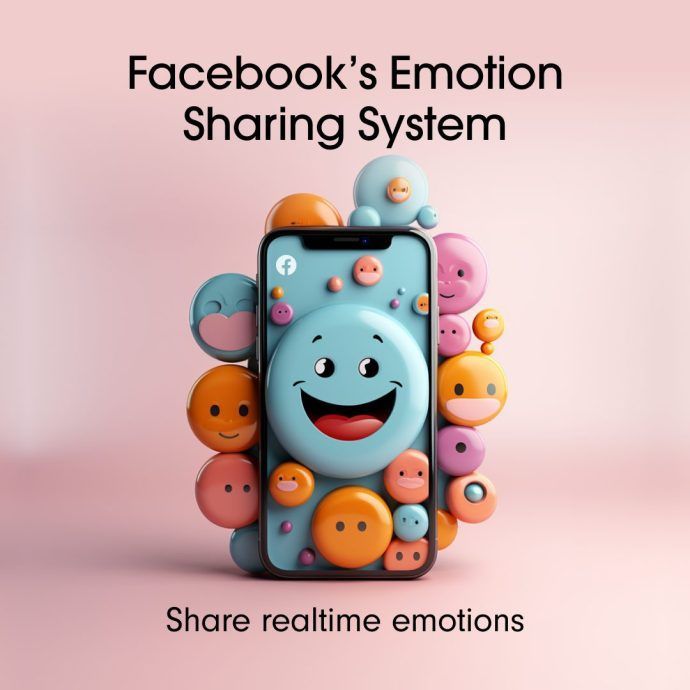
Twitter’s Drone-Selfie Patent: Twitter jumped on the drone bandwagon in 2015 with a patent for a drone capable of taking selfies. The proposed drone would be controlled by likes, retweets, and replies on the platform, allowing for a new level of interaction between users and their followers. Despite the novelty, the concept of drones buzzing around snapping photos raises significant concerns about safety and privacy.
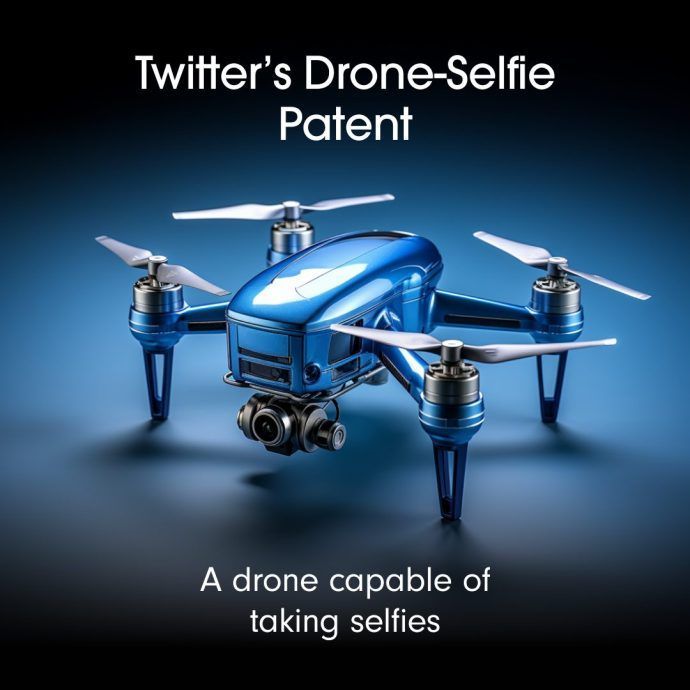
These, somewhat odd, patents showcase the fascinating future envisioned by leading tech companies. Despite their seemingly bizarre nature, these inventions reflect the drive towards greater personalisation, immersion, and interaction in technology. However, they also serve as a reminder of the need to balance technological advancements with ethical considerations, particularly in terms of privacy and personal space.
These patents embody the spirit of ingenuity and out-of-the-box thinking that propels the tech world forward. Whether these inventions will become mainstream or remain as mere bizarre footnotes in the chronicles of tech history, only time will tell. For now, they certainly make for a captivating sneak peek into the creative minds steering the future of technology.












